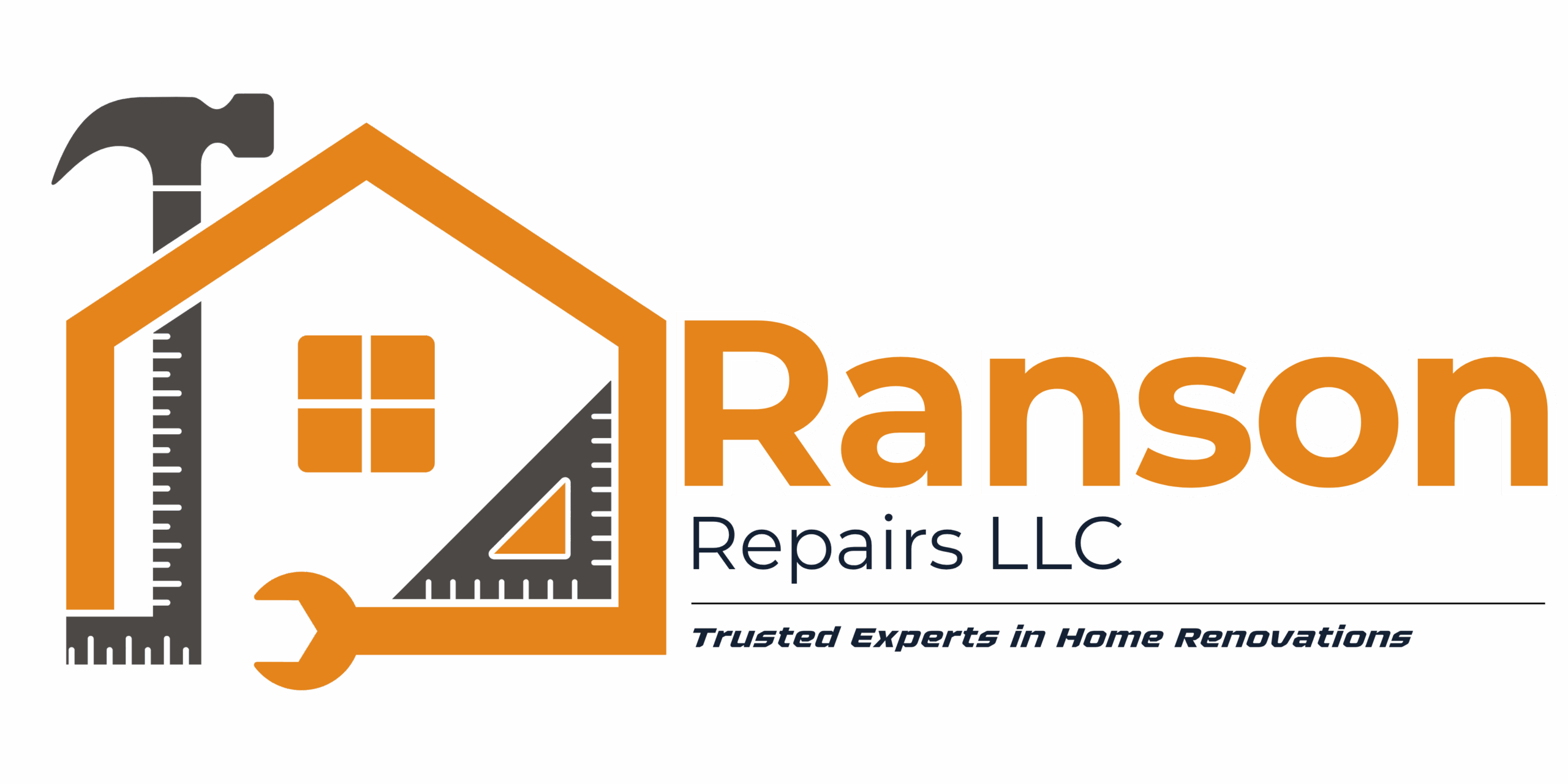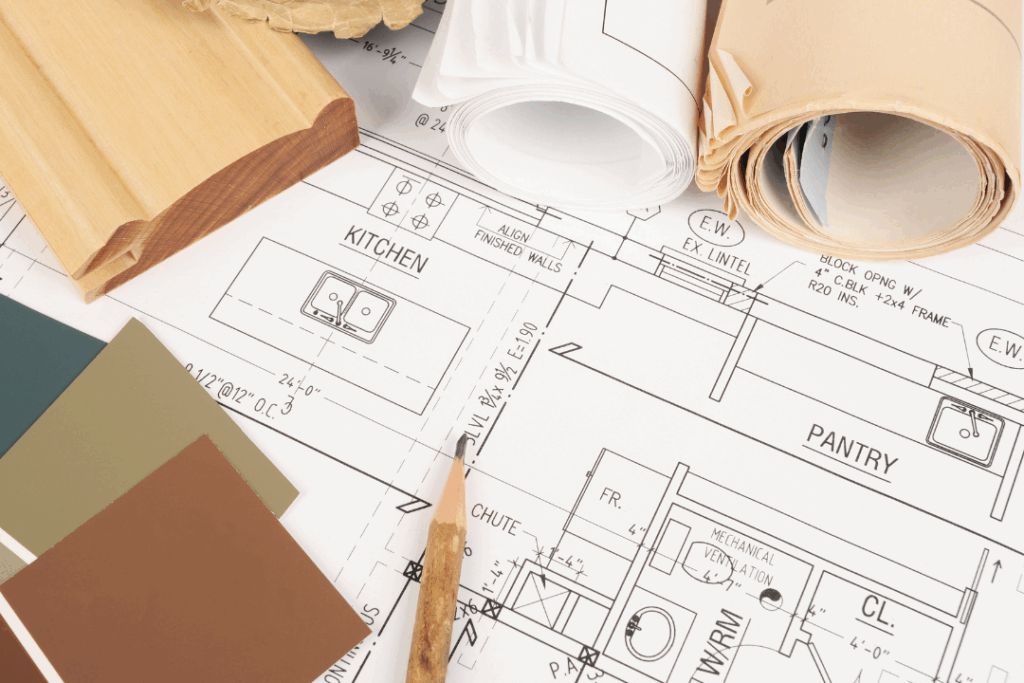Owning a home is a dream come true for many—but along with the pride of ownership comes a fair share of responsibilities. While you don’t need to be a professional contractor to maintain your home, knowing how to tackle a few basic repairs can save you time, money, and frustration.
Here are 10 common home repairs every homeowner should know about—and how to handle them with confidence.
- Fixing a Leaky Faucet
That constant drip-drip-drip may seem harmless, but it can waste gallons of water over time—not to mention the hit to your utility bill. Most leaks are caused by worn-out washers or O-rings inside the faucet handle. With a few basic tools like a wrench and screwdriver, you can disassemble the faucet, replace the faulty part, and reassemble it in under an hour.
Pro tip: Always turn off the water supply before you begin. - Patching Drywall Holes
Whether it’s from moving furniture or a doorknob gone rogue, drywall damage is inevitable. Fortunately, fixing small to medium-sized holes is a beginner-friendly repair. All you need is spackle, a putty knife, sandpaper, and a little paint. For larger holes, a mesh patch and joint compound will do the trick. - Unclogging a Drain
Slow or clogged drains are one of the most common plumbing issues. Before reaching for chemical drain cleaners (which can damage pipes over time), try a natural mix of baking soda and vinegar followed by boiling water. If that doesn’t work, a plunger or drain snake can usually clear the obstruction.
Extra insight: Bathroom drains often get clogged due to hair buildup, while kitchen sinks are usually affected by grease and food debris. - Resetting a Tripped Circuit Breaker
If you’ve suddenly lost power in one room, chances are the circuit breaker has tripped. Head to your electrical panel (usually in the garage or basement), find the switch that’s flipped in the opposite direction, and reset it. If it keeps happening, it could indicate an overloaded circuit—time to call in an electrician.
Pro safety reminder: Never force a breaker. If it won’t reset easily, there may be a bigger issue. - Silencing a Squeaky Door Hinge
Squeaky doors are more of a nuisance than a threat, but fixing them is simple and satisfying. Just apply a few drops of household oil or WD-40 to the hinge pins, open and close the door a few times, and enjoy the sound of silence.
Bonus tip: If oil doesn’t work, remove the pin and rub it with soap or petroleum jelly before reinserting. - Replacing a Toilet Flapper
Is your toilet running constantly? The culprit is usually a worn-out flapper inside the tank. Replacing it costs just a few dollars and takes under 15 minutes. Shut off the water, flush the tank empty, remove the old flapper, and clip the new one in place. - Touching Up Paint Scratches
Scuffed or scratched walls are common, especially in high-traffic areas. For minor marks, a magic eraser can often do the trick. For deeper damage, touch-up paint matched to your wall color makes a big difference. Keep leftover paint stored safely for this exact reason.
Painting tip: Use a foam brush for smoother touch-ups and avoid overloading it with paint. - Recaulking the Bathroom
Over time, bathroom caulking can crack, discolor, or peel—leading to potential water damage or mold growth. Remove the old caulk with a razor scraper or caulk remover, clean the area thoroughly, and apply a fresh bead of waterproof silicone caulk.
Maintenance insight: Recaulking every few years keeps your bathroom looking fresh and prevents leaks behind tiles or sinks. - Fixing a Loose Cabinet Door
Kitchen and bathroom cabinet doors take a lot of daily wear. If a hinge loosens or the door starts sagging, a screwdriver and a few minutes of your time can set things right. Tighten screws, or use longer ones if the existing holes are stripped. For recurring problems, wood filler can help create a new anchor point.
Cabinet care tip: Check hinges regularly and keep a small screwdriver in the kitchen drawer for quick fixes. - Weatherstripping Doors and Windows
Drafty doors and windows can significantly increase your heating and cooling bills. Installing or replacing weatherstripping helps seal gaps and boosts energy efficiency. Foam tape, door sweeps, or V-strip tension seals are easy to install and cost-effective.
Energy-saving fact: According to Energy.gov, sealing air leaks can save up to 20% on your energy bill annually.
Why These Repairs Matter
Knowing how to handle these repairs not only saves money on service calls but also gives you a stronger sense of control over your home. And let’s face it—there’s something empowering about fixing things with your own hands.
By tackling small issues early, you also prevent them from turning into larger, more expensive problems down the line.
Final Thoughts
Whether you’re a first-time homeowner or a seasoned DIYer, mastering these 10 essential home repairs will pay off for years to come. They’re not just practical—they’re surprisingly satisfying too.
If you ever feel uncertain, don’t hesitate to look up a video tutorial or consult with a professional. But remember: every expert was once a beginner. You’ve got this.

